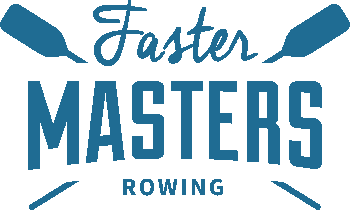Marlene and Rebecca discuss
- Mindful rowing practice – ways to ensure you stay focused on your rowing technique while training.
- SI joint dysfunction from rowing
- Returning to row after injury or a break
Staying mindful is all about keeping your brain focused on what you are doing in the present moment.
The concept of mindfulness lends itself to learning the rowing stroke. Thinking about what you are doing so that your movements are careful and controlled will help you to learn correct rowing technique and improve sculling faults and rowing errors.
Timestamps to the Show
05:00 Sacro-Iliac joint dysfunction – has anyone got this from rowing? It’s a sliding joint in the pelvic area. When it does not glide smoothly it is dysfunctional. Quadratus lumorum or QL is tight this gives back pain and is sometimes a sign of SI dysfunction. Flexing forward is harder like putting on your socks.
10:00 If you are prone to it how do you sit? Is it favouring one side or are you tight on one side of your back?
13:00 Returning after injury. If you were competitive a long time ago, we have learned a lot since 30 years ago about athletic bodies and masters older athletes. How long were you out of training? The rule of thumb for returning. Same amount of injury time is the time it takes to come back. You can never see do too much easy rowing training. Be careful you don’t lose your form
16:45 Off water training – mobility and stretching, strength training. Keep a training diary and count your minutes total per week training. Add 500 meters per session. Your body adapts at a cellular level. 10-15% more per week in minutes. Use the Faster Five as a template for learning and improving your rowing
21:00 Isometric work such as seated hold, contract muscles, hold and relax the calf muscles and glutes is helpful. You can reduce inflammation with Omega 3s in your diet and aspirin.
25:00 Mindful practice – perfect practice makes perfect. So many things can lower your stress and help you get better technically.
Drills for technical improvement and low intensity workouts
– row in circles
– slow motion rowing
– shadow rowing
– row in double and take turns to do 30 strokes each then 30 strokes together.
When you are really fatigued you cna get into a dysfunctional stroke patterns and you are best to stop before you get tired.
32:00 Dr Stacy Sims interview with Rebecca on RowingChat link is below. Marlene recommends tart cherry juice which also stimulates melatonin as a sleep aid.
https://rowing.chat/dr-stacy-sims-sporting-women-are-not-small-men/
What Stacy says about menopause and training at 39 minutes in.
Research in menopausal women – peri menopause where you get more oestrogen dominance is the 4 years prior affects your body composition where biggest changes happen.Many epigenetic changes happen. First reduce long slow distance work and emphasise heavy resistance training and increase higher intensity work and plyometrics. Glucose control and when lean mass development and recovery when they flatline or the ratios of each change, you need an alternative to stress. You have to challenge the body post menopause – the longer you go the slower you become. Use the stressors from exercise and specific nutrition dosing to get what oestrogen and progesterone hormones used to do for you.
Buy Stacy’s book
ROAR. How to Match Your Food and Fitness to Your Unique Female Physiology for Optimum Performance, Great Health, and a Strong, Lean Body for Life
https://amzn.to/3dKQbSb Amazon affiliate link
n


